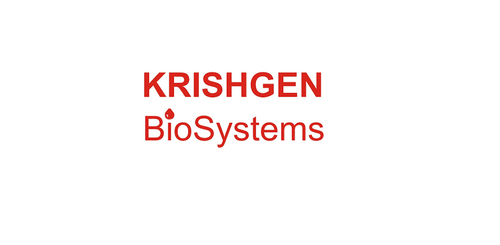Product Description
Mouse Histone deacetylase complex subunit SAP130 (SAP130) ELISA Kit | AE20764MO | Abebio
Species Reactivity: Mouse (Mus musculus)
Abbreviation: SAP130
Alternative Name: FLJ12761; Sin3-associated polypeptide p130|histone deacetylase complex subunit SAP130|mSin3A-associated protein 130
Application: ELISA
Range: 0.156-10 ng/mL
Sensitivity: 0.056 ng/mL
Intra-Assay: ≤6.1%
Inter-Assay: ≤11.3%
Recovery: 1, 12
Sample Type: Serum, Plasma, Other biological fluids
Detection Method: Sandwich
Analysis Method : Quantitive
Test Principale: This assay employs a two-site sandwich ELISA to quantitate SAP130 in samples. An antibody specific for SAP130 has been pre-coated onto a microplate. Standards and samples are pipetted into the wells and anySAP130 present is bound by the immobilized antibody. After removing any unbound substances, a biotin-conjugated antibody specific for SAP130 is added to the wells. After washing, Streptavidin conjugated Horseradish Peroxidase (HRP) is added to the wells. Following a wash to remove any unbound avidin-enzyme reagent, a substrate solution is added to the wells and color develops in proportion to the amount of SAP130 bound in the initial step. The color development is stopped and the intensity of the color is measured.
Product Overview: SF3B3 encodes subunit 3 of the splicing factor 3b protein complex. Splicing factor 3b, together with splicing factor 3a and a 12S RNA unit, forms the U2 small nuclear ribonucleoproteins complex (U2 snRNP) . The splicing factor 3b/3a complex binds pre-mRNA upstream of the intron's branch site in a sequence independent manner and may anchor the U2 snRNP to the pre-mRNA. Splicing factor 3b is also a component of the minor U12-type spliceosome. Subunit 3 has also been identified as a component of the STAGA (SPT3-TAF (II) 31-GCN5L acetylase) transcription coactivator-HAT (histone acetyltransferase) complex, and the TFTC (TATA-binding-protein-free TAF (II) -containing complex) . These complexes may function in chromatin modification, transcription, splicing, and DNA repair.
Stability: The stability of ELISA kit is determined by the loss rate of activity. The loss rate of this kit is less than 5% within the expiration date under appropriate storage condition. The loss rate was determined by accelerated thermal degradation test. Keep the kit at 37°C for 4 and 7 days, and compare O.D.values of the kit kept at 37°C with that of at recommended temperature. (referring from China Biological Products Standard, which was calculated by the Arrhenius equation. For ELISA kit, 4 days storage at 37°C can be considered as 6 months at 2 - 8°C, which means 7 days at 37°C equaling 12 months at 2 - 8°C) .
 Euro
Euro
 USD
USD
 British Pound
British Pound
 NULL
NULL








